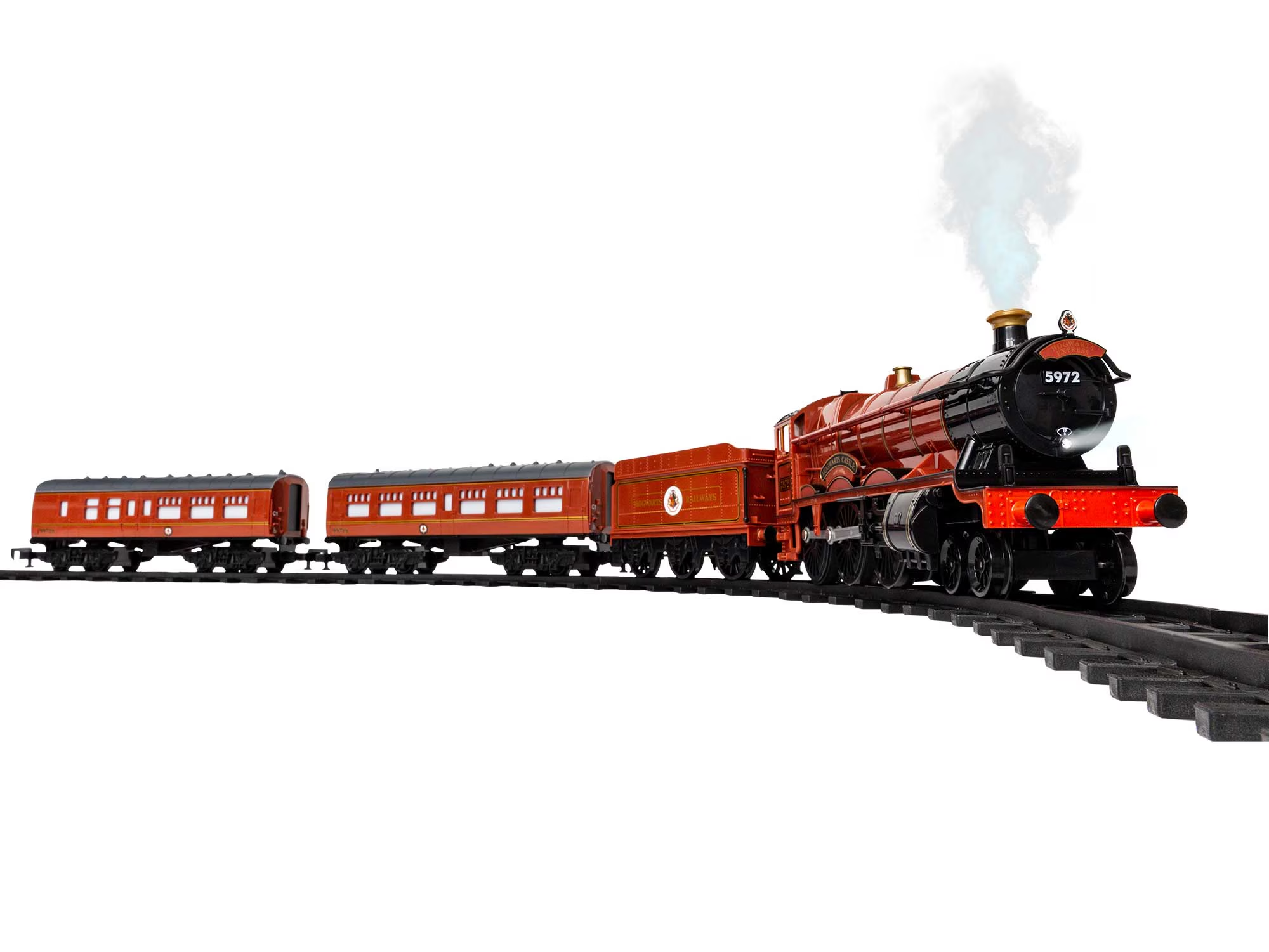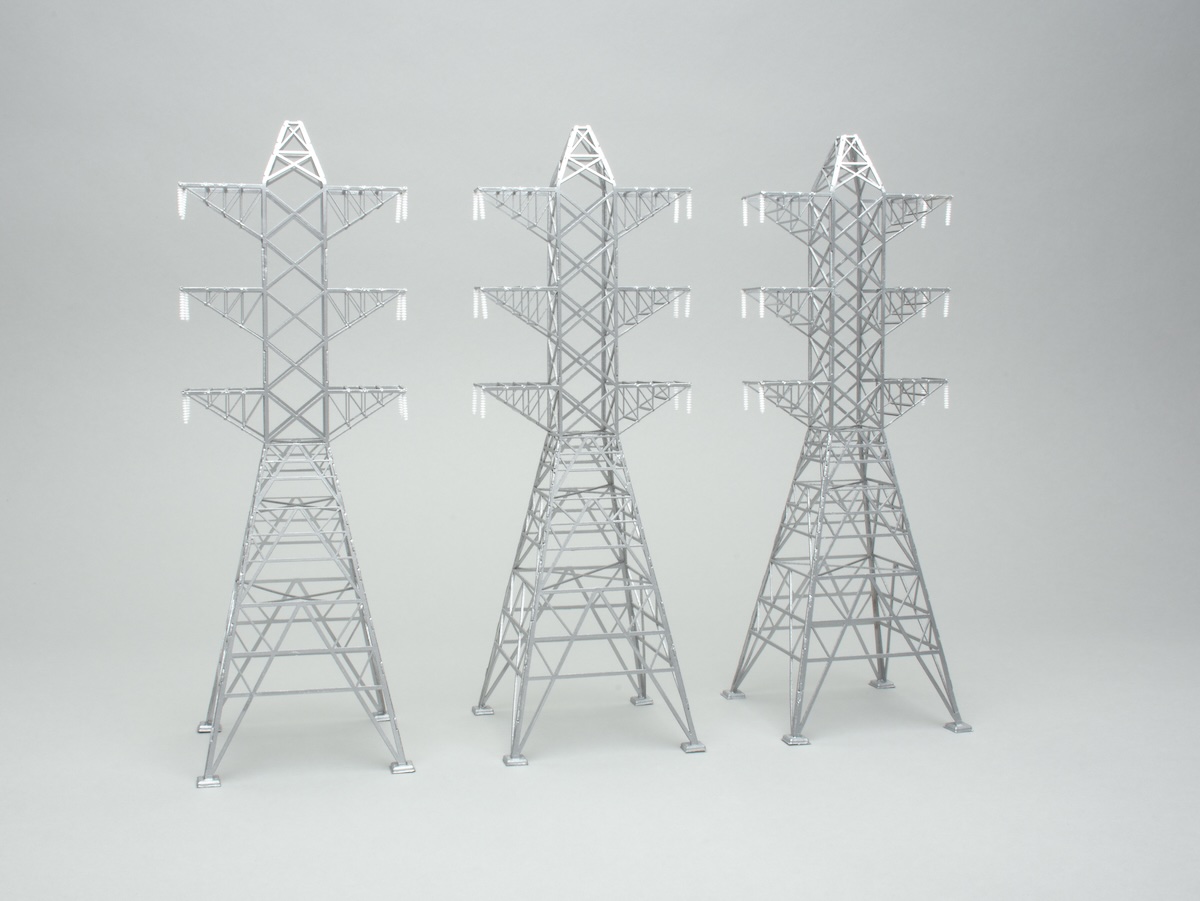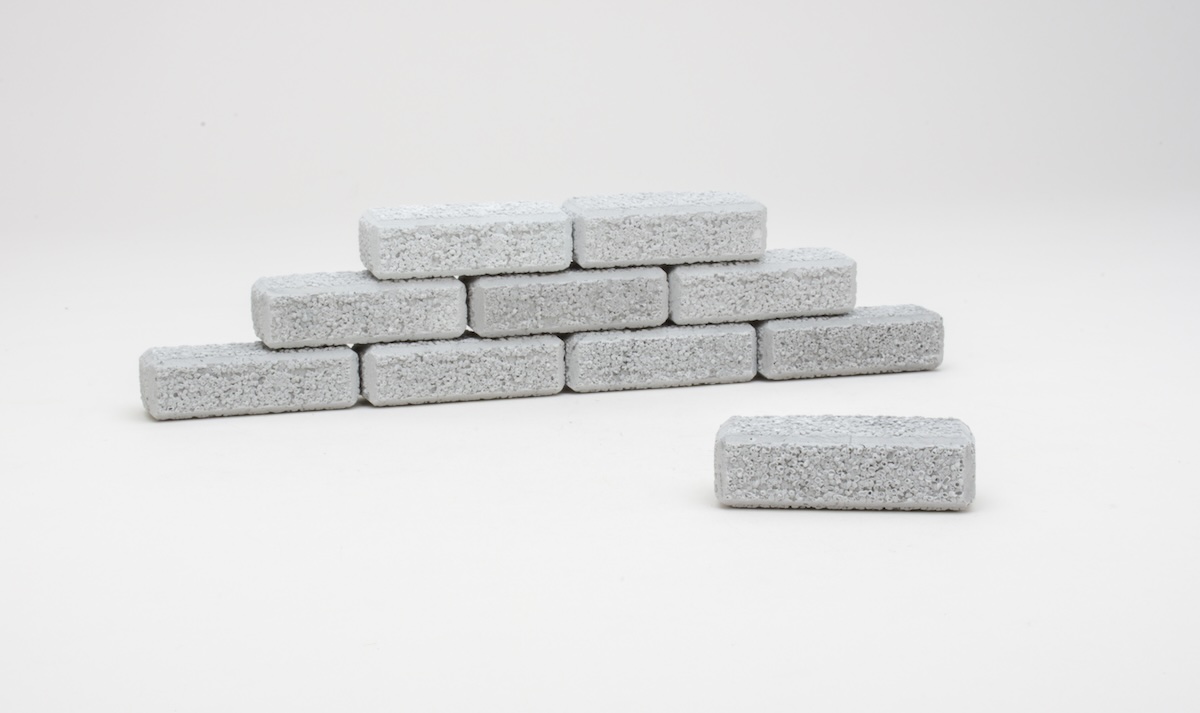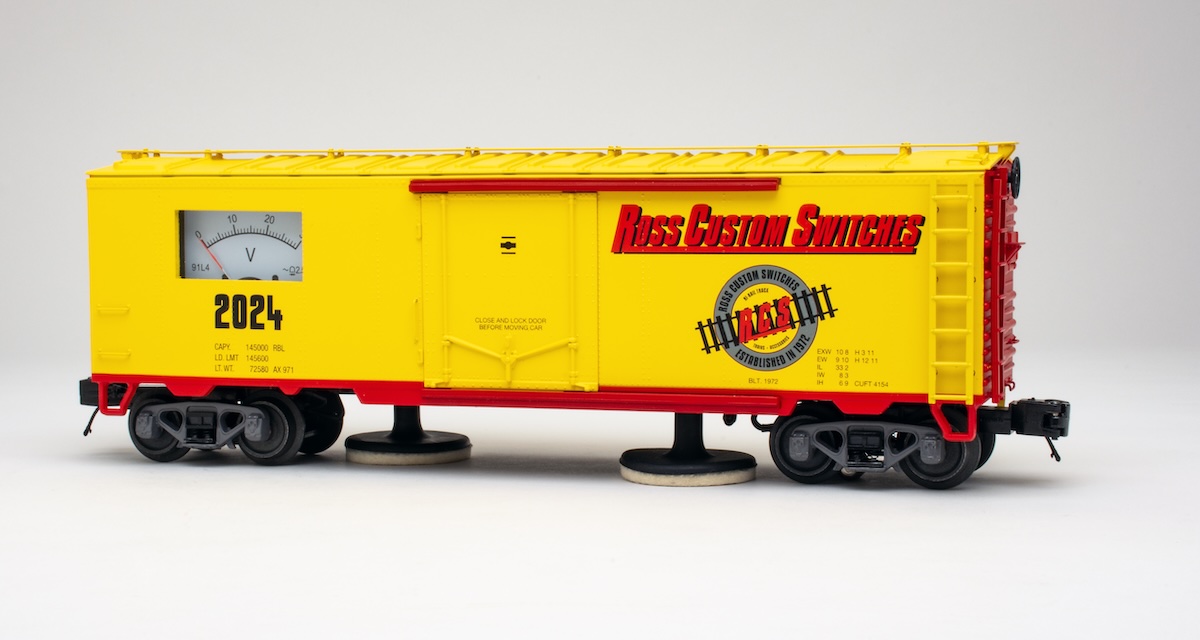A few years ago, the answer would have been neither. But hold on to your blue-suede shoes. While a living Elvis isn’t back at Graceland yet, Lionel indeed has made all-new Standard gauge trains: a Hiawatha set and a Commodore Vanderbilt set.
The Commodore Vanderbilt was, of course, a New York Central 4-6-4 Hudson with a unique streamlined shroud that looks like an overturned bathtub. Lionel offered a toy-like 2-4-2 O gauge Commodore Vanderbilt in three versions in the 1930s and a scale-sized premium O gauge version in the 1990s. The Standard gauge Commodore Vanderbilt, together with the 4-6-4 Hiawatha locomotive, represent Lionel’s first new Standard gauge locomotives in 70 years.
The Commodore Vanderbilt locomotive and tender measure 341/2 inches long, and the rig weighs 24 pounds. Much of its weight comes from the die-cast metal boiler and cab shell.
The casting of the boiler is exceptionally smooth and free of flaws, far more so than the silver-gray O gauge version from the 1990s.
I compared the model to Kalmbach library file photos of the Commodore Vanderbilt and was pleased at how many reference points matched.
While no Standard gauge locomotive would ever be confused with a museum-quality scale model, Lionel’s Commodore Vanderbilt is an accurate representation of the original.
Cast-in details that caught my attention include rivets around the cab and even inside the streamlined sheathing along the running boards. These rivets would normally be out of sight. Nice job, Lionel.
Separately applied details include handrails along the boiler, cab, and nose. Don’t miss the sheet-metal trim around the windows, either.
The cab has a backhead with cast-in detail and seats for two crew members. The firebox glow looks real enough to warm your hands.
Unlike O gauge steamers, all of the mechanicals and electronics of the Commodore Vanderbilt fit under the cavernous boiler shell. Not one, but two can-style motors, mounted above the center drivers, power the rig. Nearby are the circuit boards for TrainMaster Command Control and RailSounds. There’s even room for the speaker.
The tender has a sheet-metal top and sides with die-cast metal ends. Since all of the internal components fit inside the boiler shell, the tender is empty and there is no need for the usual tether between tender and locomotive.
The locomotive’s paint, lettering, and stripes, were flawlessly applied.
The three passenger cars that accompany the locomotive are first rate as well. The stamped-steel parts are free from defect, and the paint application is smooth. The New York Central lettering is clean and crisp.
The roofs of the cars can be removed in a manner similar to prewar cars – press four tabs along the upper edges and the roofs lift off.
Inside, you’ll find opening doors, interior seats, and illumination. The lavatories also have opening doors as well as sinks, toilets, and even half-raised toilet seats! I nearly expected to see signs warning passengers not to flush at the station!
As with the locomotive, the cars wear plenty of nice silver sheet-metal trim and there is “glass” in the window frames.
The bodies of the passenger cars are 19 inches long. The prewar-style Lionel latch couplers add an extra inch to each end. There is some underframe detail, such as battery boxes. The cars’ two-axle trucks are made from die-cast metal. The cars weigh roughly five pounds each.
On the test track
I give this locomotive flying colors! Even with the sound system turned off, this beast created a wonderful racket rumbling around on the tile floor of our workshop!
The Commodore Vanderbilt had an unusual, public break-in period. Since we test Standard gauge products so rarely, when the need arises we set up a large loop of Standard gauge track on our workshop floor. The Commodore Vanderbilt set was running around our workshop while members of the Lionel Operating Train Society toured our building as part of the club’s convention in Milwaukee last summer.
The locomotive ran for four hours straight, only slowing, yet never stopping, for a periodic refill of smoke fluid.
The Commodore Vanderbilt performed admirably. On our test track in conventional-control mode, I clocked this bad boy at a scale 5.2 mph. Command-control mode brought the average down to 4.8 scale mph.
On the high end, the Vandy lived up to its toy train roots, racking up an average speed of 142 scale mph! As a matter of fact, I nearly ran out of Standard gauge track for that high speed check!
Considering the weight of the locomotive, I was expecting it to be able to pull living-room furniture. But without traction tires or Magne-Traction, the locomotive’s drawbar pull measured a rather ordinary 1 pound, 6 ounces. The Vandy, though, has more than enough oomph to pull the cars in its set as well as a few more.
All in all, this set, a throwback to the glory days of Standard gauge trains, was a hoot to operate. And with TMCC, RailSounds, and a smoke unit inside the locomotive, what more could you want?
Classic looks and modern features equals fun. If you have the wallet and enough space for Standard gauge, the Commodore Vanderbilt set is your ticket to Graceland.















Being a loyal American Flyer and S highrail operator since 1954, I had never been exposed to the appearance and operation of standard gauge, or as Flyer would call, wide gauge. After reading this fine review by Bob Keller in my February 2003 issue of CTT, I broke down and bought one of these Lionel sets in 2006. Even the Lionel box was gigantic that contains this historic toy train set.
The train set itself is huge, impressive, and beautiful. The semi scale steamlined NYC Hudson steam locomotive and tender, I believe, is a first for standard or wide gauge trains. All the photos and museum models that I have seen seem to end at the 4-4-2 Atlantic class sometimes with 4 trailing wheels – never a 4-6-4 Hudson. The three passenger cars are equally beautiful though true to tin plate tradition, they are shorties and not in scale length.
After purchasing an 84 inch oval of new standard gauge track, I set this new set up under my existing 6 x 12 foot S highrail layout in the basement of our home on a concrete floor. What a sound! It scared the dog, both cats, all five children, the wife and a visitor from Cardiff, Wales who had never seen an American standard gauge train in operation.
To control the noise and family angst, I have relocated this interesting train set to our home's library which is large and has wall to wall carpeting to damp the operational racket and vibrations. The set is powered by an MTH Z4000 transformer in conventional mode with the wireless remote control feature. The modern Lionel sound effects add a lot to the pleasure of operation. In its new surroundings, it impresses visitors and does not distress my Dalmatian named Siren who occupies the same space.